Biology Field Trip
- Institute Trust
- Jul 3, 2023
- 2 min read

Arrival
As a group we discussed the main features of biodiversity such as abiotic and biotic features of an environment and reasons why biodiversity was decreasing in the natural world
Pond Dipping
Our first step in investigating biodiversity was to test the level of invertebrates found in two different locations within the reserve.
The first was the woodland pond. We predicted that there would be more creatures found here due to the falling leaves adding nutrients to the pond and the trees providing shelter
The second was the meadow pond which we decided would have a lower biodiversity as it was more exposed

MEADOW POND
Presenting Data
We collected all the data found by the group and calculated a mean of each species
We then calculated an index of diversity to be able to compare the biodiversity in both of the ponds
Transects and Quadrats
Our next task was to compare the diversity of different species of plants around the reserve
We started by using a transect to investigate how changing a variable affected the distribution of a species
We then compared the different species present in two different fields
Measuring along a transect
Our chosen variable to change was light intensity which we measured with Lux Meters
We placed a 15m measuring tape stretching from the field to within the woodland
We then measured the number of Knapweed plants withing 1 metre of the transect
This showed that as light intensity decreased so did the number of Knapweed plants

Using Quadrats
The two fields we compared were the Meadow Field and the Camping Field
We predicted the Meadow field would have a larger range of species as the camping field had been trampled
We set up 2 axis with 10 metre measuring tapes
We then randomly generated numbers to decide where to put the quadrats








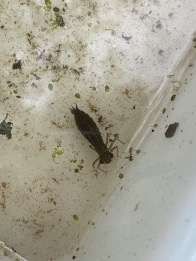

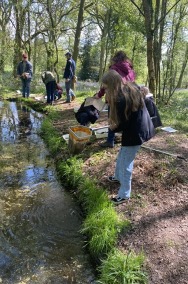

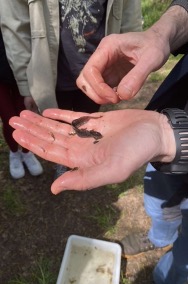









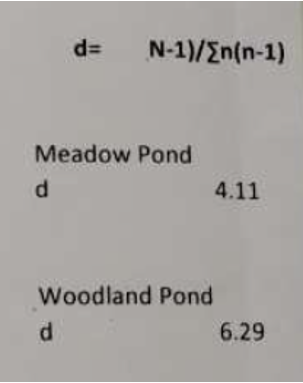

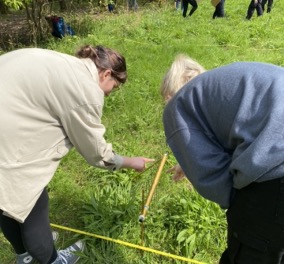


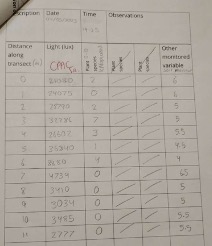










Comments